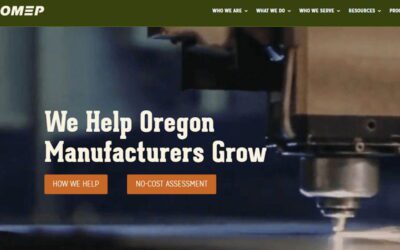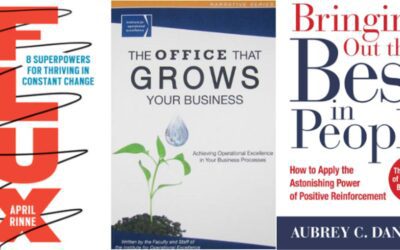Over much of the last 2 decades, I have had the opportunity to learn a great deal about this idea we refer to as “Lean Manufacturing.” When I reflect on all that I have learned, and the manner in which I learned it, I realize one overarching (and maybe very obvious) truth:
leading a lean transformation is hard. Not hard in the way of extreme complexity or hard to come by Intellectual Property, but in a way that requires a high degree of discipline.
Some of the key areas of learning I have had include:
- The tools – kan ban, flow, 5S, Value Stream Mapping, Visual Controls, etc.
- Culture – This is a way of life, not just a tidy little tool box to be pulled from when time allows
- Valuing People – Engagement is critical to success
First Came the Tools
Like many, I am sure, I first started learning about tools. There are countless resources available that describe the set of tools that have been observed in use at Toyota. This seemed to be an easy and very tangible way to learn about the secrets of the success of the Toyota Production System. I couldn’t get enough. It was so much fun learning these new keys that were going to unlock success. As it turned out, there were some spot examples of positive impact, but not as imagined. We moved from one area to the next to implement various improvements, and then started to see backsliding as time passed. Tools, as it turned out, were not self-sustaining. We needed more.
Culture is a Way of Life
While a small subset of our leadership team had started to gain some mastery of teaching about and implementing tools, we had done little to change the way we, as leaders, behaved on a day to day basis. In hindsight, this was the next big lever. We then temporarily set aside our tools implementation crusade and focused on culture.
What is culture? In this context, we turned our focus to changing the way leaders behaved to a more intentional, disciplined style. The thinking was that if we behaved differently, our team members that we were supporting would experience different interactions, therefore starting to change the culture. This was much more difficult than learning about and implementing tools.
With an experienced, tenured leadership team, there were layers of habits and routines to undo and retrain. Through Leader Standard Work and Tiered Daily Meetings, we started to see progress, but not quickly or magically, it required discipline and hard work. As this cultural foundation started to strengthen, we could begin to resume implementing tactical change.
Managing Change by Valuing People
Probably the most valuable lesson I have learned through my experiences is the impact of engaging ALL team members. The phrase, “Doing Lean WITH people instead of TO people” is bounced around and usually gets some chuckles. Kidding and clichés aside, this couldn’t be more accurate. There is a lot of talk (and plenty of books) about organizational change management. At the risk of oversimplifying, I have found that the easiest and fastest way to get people on board with change is to involve them. How do we involve (engage) them? We engage with them.
If it is engagement that you want, you must engage…that simple. As a result, we don’t need to “manage change” we just need to get people involved in the process of change. If we can use the collective horsepower and creativity of all of our people, tremendous things can happen.
And, as a very nice outcome, our people are more interested in and satisfied with their employment. As we all get more interested in our jobs, we are more likely to continue to increase our level of commitment. As commitment increases, our contribution increases and so the snowball rolls. Again, not overly complex or scientific.
Lean Manufacturing Isn’t Magic
In summary, I have learned from so many great people and through my own trial and error (emphasis on error), that this “Lean Manufacturing” thing is much more than originally perceived. It is much more than a set of tools. It is not overly complicated. It requires discipline. It can lead to tremendous results in operational performance AND employee morale and engagement.
Just remember, there is no magic wand.



